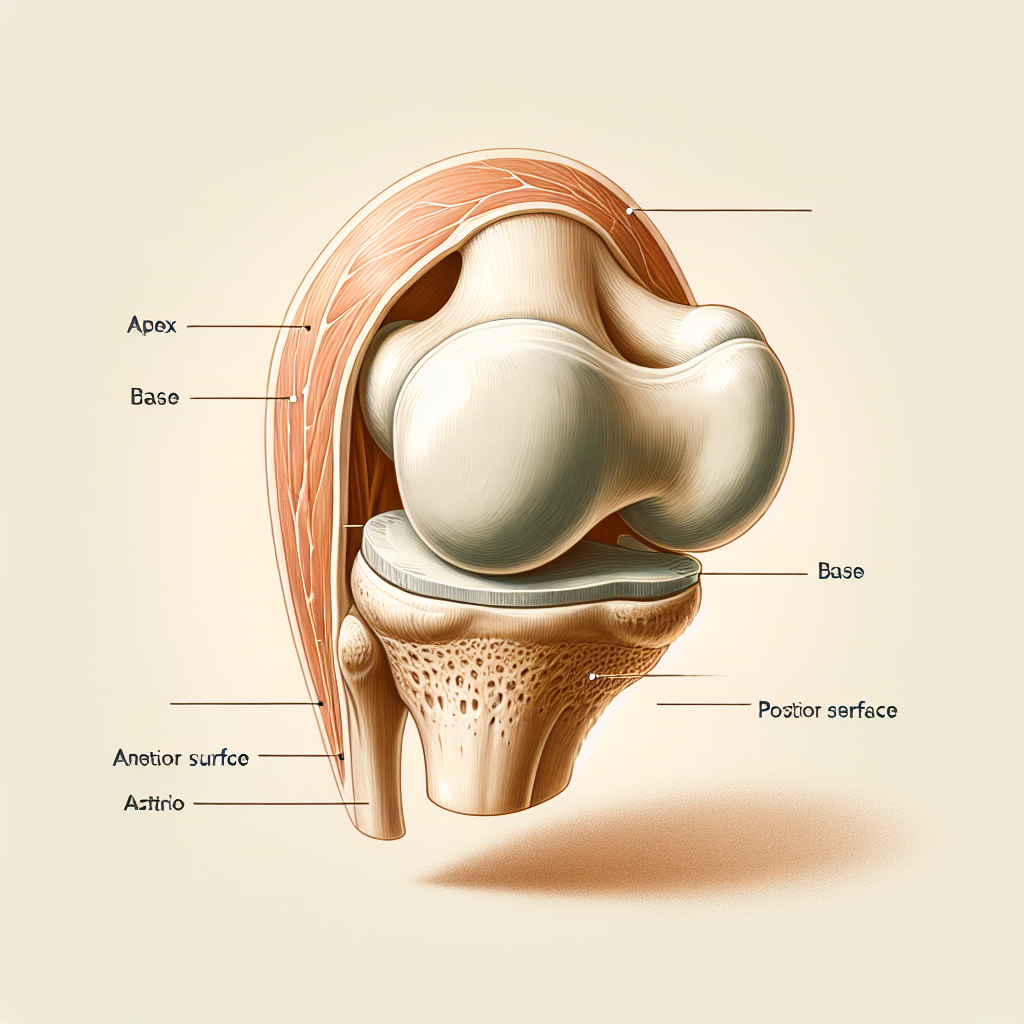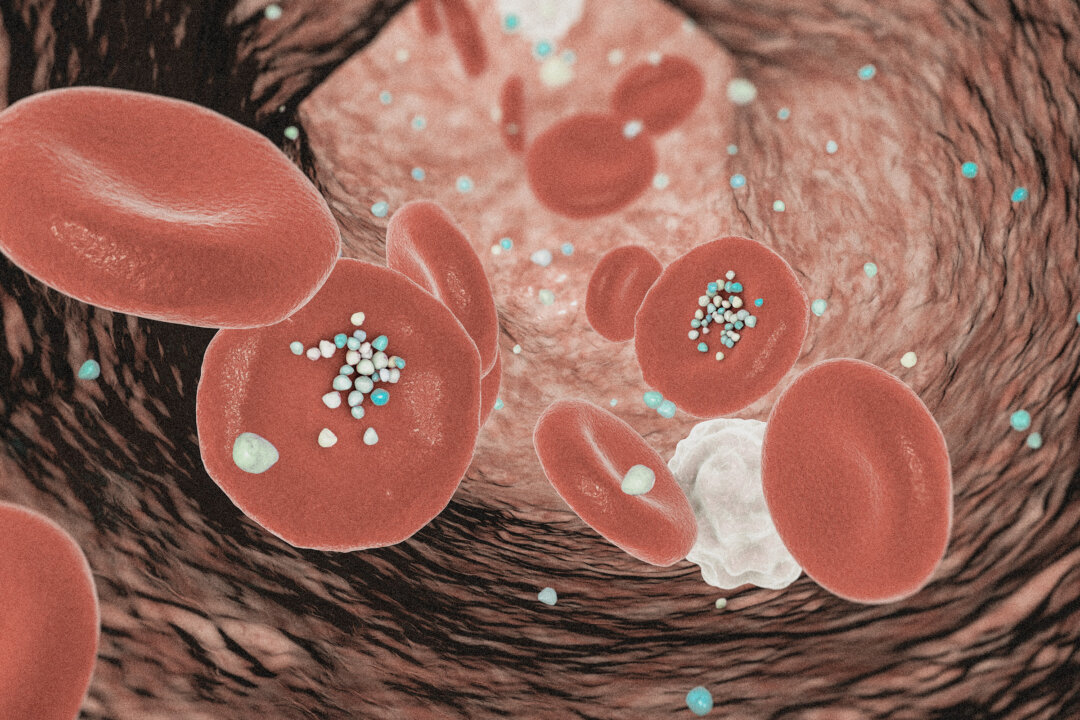For those wanting to trim their plus sizes, there are ways beyond popping Ozempic or Mounjaro. A relatively new type of bariatric surgery, known as single anastomosis duodenal-ileal bypass with sleeve gastrectomy, or SADI-S, is helping people to lose weight. What is SADI-S? According to experts, SADI-S is a newer type of bariatric surgery and is usually an option for those who have a BMI of over 40 or are at least 40 kilograms over their ideal weight - classified as class III or severe obesity.
Doctors say obesity leads to many life-threatening health issues that weight loss can often help address, which include heart diseases, breathing difficulties, and even cancer. SADI-S is a minimally invasive laparoscopic procedure that combines two methods that are used for weight loss - sleeve gastrectomy and intestinal bypass. It removes at least 80 per cent of your stomach to decrease the size permanently.

Related News | A Fit and Healthy Ironman Participant Got Rectal Cancer at 45; Here's The One Symptom He MissedTHIS Flour Burns Fat 20 Times Faster than Wheat; Here’s Why You Must Add Barley To Your Daily DietDoctors say the first part of the small intestine, also known as the duodenum, which is right below the stomach, is moved and reattached to the lower part of the small intestine, making it shorter. And so, the stomach no longer holds as much food, and a smaller intestinal tract would mean fewer calories and nutrients get absorbed. After the surgery, doctors say you may generally start to lose weight quickly.
How well does SADI-S help in weight loss? Related News | Feeling Bloated, Uncomfortable After Eating Rotis? Here’s Why Gluten Intolerance is Making You SickDoctors say SADI-S makes physical changes to the digestive system that controls how much you can eat and how much nutrition is absorbed from food—making it one of the most direct ways to help you lose weight. While this surgery does not affect the transition point where food goes from the stomach into the intestine, you may not have as much bile reflux compared to other surgeries. Doctors say it also helps you maintain weight loss over time.
Studies done in this regard have revealed that people had lost 87 per cent of their excess weight after five years and maintained most of the weight loss even after a decade. There is also evidence that SADI-S helps with other metabolic processes, like regulating blood sugar. Are there any health risks with SADI-S? According to experts, the major health risks of any bariatric surgery are mostly common, which include unpleasant symptoms of gastric symptoms after meals, malnutrition from not absorbing enough nutrients, and dehydration from not drinking water.
While initial recovery comes with risks common to any surgery, like injuries, infections, and the formation of blood clots, SADI-S may cause issues like gallstones, pancreatitis, and bowel obstructions. Most people experience an adjustment period during which they learn to eat with a different digestive system. This is a physical and mental transition that can be very challenging.
Also, if you undergo this surgery, doctors recommend taking high levels of key vitamins and minerals throughout life..
Health

What is SADI-S, A Newer Weight Loss Surgery That Removes 80 Percent of the Stomach; Should You Go For It?

If you have been considering getting surgical options to support your weight loss goals, a newer procedure known as single anastomosis duodenal-ileal bypass, or SADI-S, is here. While all surgeries come with health risks and the recovery does take time, experts say it helps not just with weight loss but also with sustaining it for more than a decade.















